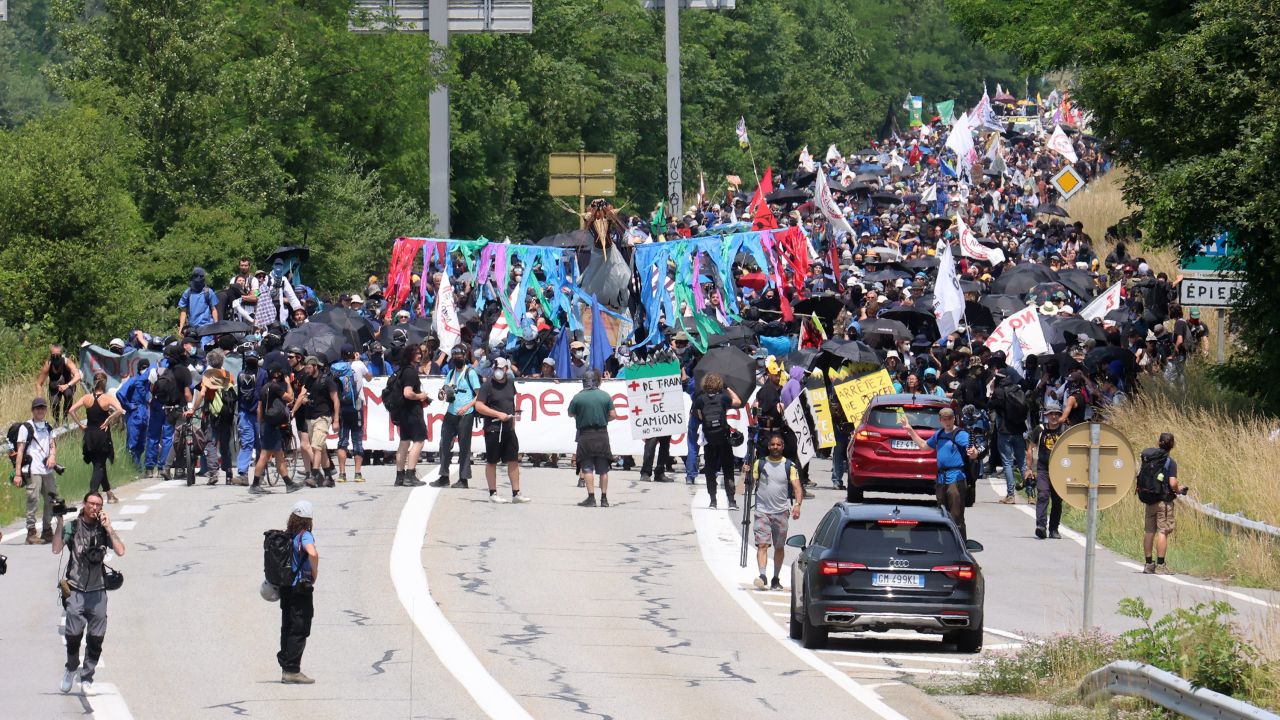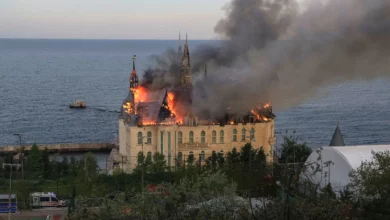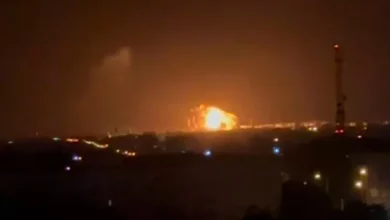
Around 2,000 police were mobilized to the site to face more than 3,000 people protesting the 57-kilometer tunnel project that will connect the French city of Lyon with Turin in Italy upon completion, France’s Interior Minister Gérald Darmanin said.
An organization called “Uprisings of the Earth” had called for the demonstration.

Authorities in the department of Savoie had issued a ban on demonstrations on public roads near construction site.
“This is a protest that was banned because it was dangerous, because it gathers people who are delinquents and not activists,” Sacha Houlié, president of the legal commission at the French lower house told French TV Franceinfo on Sunday.
“Can we just take a moment to wonder why these radical ecologists are against the train,” Houlié told Franceinfo on Sunday.
The violent clashes, including scenes of police firing tear gas and protestors trying to block off a highway, have reignited debate around the tunnel project, agreed upon by France and Italy back in 2017 and partially sponsored by the EU.
Far-left leader Jean-Luc Mélenchon rejected some protesters being called “eco-terrorists” in an interview with CNN affiliate BFMTV Sunday.
“You can’t equate people demonstrating against a hole used as a basin with someone shooting up the Bataclan,” Mélenchon said.
Several officials from his party, France Unbowed, participated in the protest.
The French government estimates that the new tunnel, together with the high-speed railway, can cut travel time between Lyon and Turin by half and significantly reduce travel time between Paris and Milan too.
Those opposed to the project are concerned about possible environmental damage and say that existing train networks, albeit slower, can handle demand.




